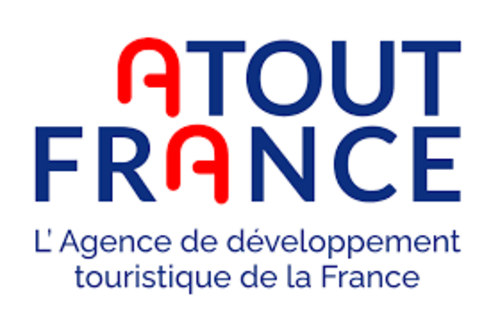Once associated with mass production, the region has enjoyed a unique transformation to become firmly established on the country’s quality wine map. Languedoc Roussillon wine in France, which includes the Vin de Pays labelled Vin de Pays d’Oc, is produced on a large and diverse area stretching across the Mediterranean coast from Nimes and Montpellier in the east, around the Gulf of Lyon to the Spanish border.
As the double-barrelled name alludes, Languedoc and Roussillon were once independent regions in their own right. And, although they have been classed together, the pair share different geography and cultures; Languedoc is a quintessentially French region located on the coastal plains, while Roussillon settles on the clifftops or foothills of the Pyrenees and carries more Spanish and Catalan influences.
The Languedoc wine region’s dry Mediterranean climate and diverse terroir lend themselves to producing a large amount of a wide variety of grapes, including many international varieties such as Merlot, Cabernet Sauvignon, Sauvignon Blanc and Chardonnay. The traditional Rhone grapes of Mourverde, Grenache, Syrah and Viognier are also prevalent.
The appellation system in the region has undergone considerable change in recent years – altering and accompanying the most recognised appellations with new, younger ones that take into account the intricate micro-climates and soil variations of the Languedoc wine region. These emerging styles, innovative producers and rejuvenated vineyards have led to a significant increase in quality of Languedoc Roussillon wine, which includes the development of more modern wines from Cremant de Limoux and the arrival of rosé and white wines at the Collioure appellations. Consequently, the wines from Languedoc carry an enormous number of names.
The introduction to the region of France’s Vin de Pays classification also opened up the Languedoc wine industry with the labelling of varietal wines and the blending of international varieties to compete with cost conscious New World alternatives from Australia and Chile. A little-known fact of the Languedoc wine region is that the first sparkling wines were produced in Limoux during the 13th century – Dom Perignon is said to have learned the secret from Saint Hilaire monks during a visit before returning the recipe to Champagne.
With an average of 300 days annual sunshine, Languedoc Roussillon is an ideal destination for wine tours and wine holidays – with one in 10 bottles in the 20th century produced in this region there will never be a shortage in supply of wines to sample. Between mid-April and mid-October is regarded as the best time to visit up to 15 different wine regions in the area, with the most renowned being Minervois, Limoux, Corbières, Cabardes and Banyuls.
Languedoc Roussillon wine, of course, is only one reason to visit this beautiful region where French tradition intermingles with Spanish culture. There are three impressive mountain ranges scattered with historic Roman villages, which can be explored on hikes or even helicopter rides – while water is never far away for visitors to enjoy numerous lakes and beaches. There are wine festivals held throughout the year – the locals rarely need an excuse to celebrate with local cuisine, wines and music – and, for food lovers, the truffle harvest takes place every year between mid-December and mid-February
At Wine Paths, our local experts can customise tours of the Languedoc wine region according to your specific requirements. Check out our France destination pages for more information and pack your bags for a trip to the world’s most productive wine region.

.png)





